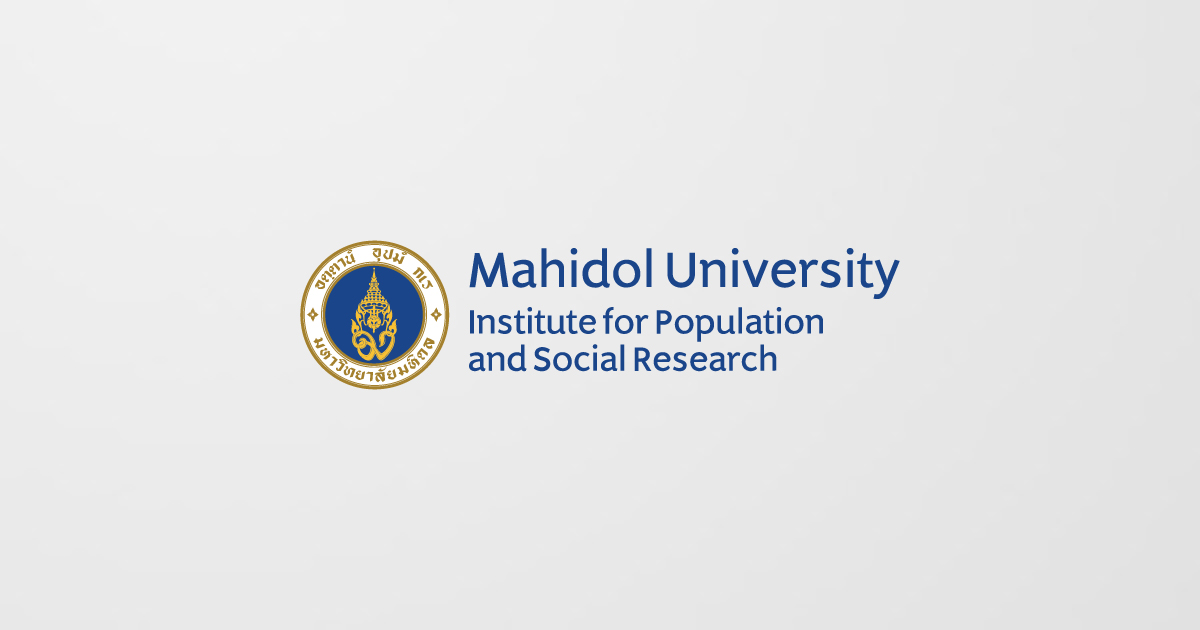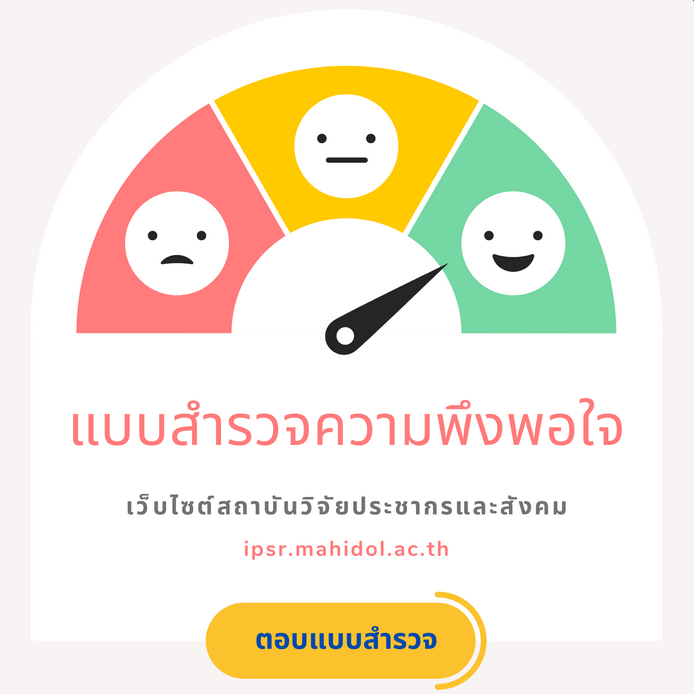ABSTRACT
There is misunderstanding about both the meaning and the role of cost-effectiveness thresholds in policy decision making. This article dissects the main issues by use of a bookshelf metaphor. Its main conclusions are these: mere effectiveness is not a persuasive case for inclusion in public insurance plans; a ‘first best’ benchmark or threshold ratio of health gain to expenditure identifies the least effective intervention that should be included in a public insurance plan; setting thresholds too high or too low costs lives; the threshold cannot be set independently of the health budget; the threshold can be approached from either the demand-side or the supply side – the two are equivalent only in a health-maximising equilibrium; the supply-side approach generates an estimate of a ‘second best’ cost-effectiveness threshold that is higher than the ‘first best’; the second best threshold is the one generally to be preferred in decisions about adding or subtracting interventions in an established public insurance package; multiple thresholds are implied by systems having distinct and separable health budgets; disinvestment involves eliminating effective technologies from the insured bundle.
Moderator: Prof. Dr.Chai Podhisita
September 23, 2015 Time: 12:30 – 13:30 hrs. Room Srabua 109

